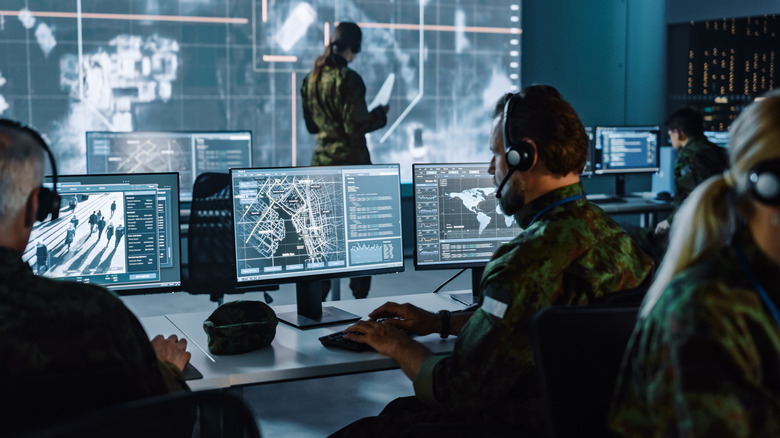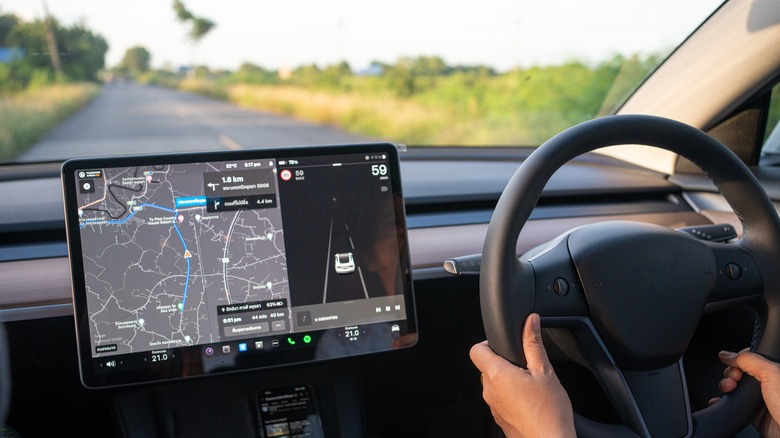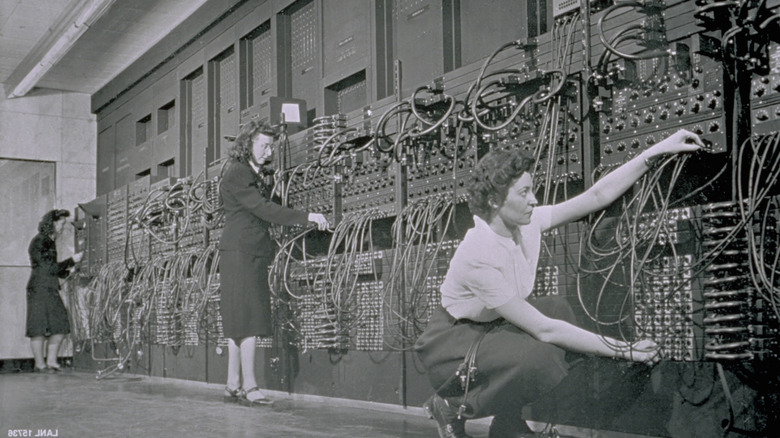3 Military Inventions That You Might Use Daily
When you imagine new technology being developed by the armed forces, more advanced weapon systems, enhanced munitions, and more potent vehicles of war might come to mind. But there have been many innovations born as a result of military conflicts, that you use as a civilian regularly. These forward-thinking breakthroughs made an easy transition into the public space and it's difficult to imagine life without them. GPS (Global Positioning System), electronic digital computers, and the internet you use everyday are products of military invention.
All these inventions sprung up out of necessity, one during World War II, and the other two in the 70s. Military researchers are always working to solve problems and help give soldiers an edge in battle. Fortunately, their hard work and determination has provided us some truly remarkable tools that have transformed modern life. Although, not every idea is a winner, evident by these examples of military technology that's way overhyped.
Global Position System (GPS)
There was a time when the only means of traveling to unfamiliar destinations involved either a large map, or asking a stranger for directions. Now, whether something is a few miles away or across the country, your vehicle's navigation system shows your location and provides step-by-step directions to your journey's end. According to GPSworld.com, "The United States economy alone depends on the free, government-provided service across 900 million GPS receivers supporting vehicle navigation systems, general aviation, financial transactions, the electrical grid, precision agriculture, surveying and construction." But without the US Department of Defense and their GNSS (Global Navigation Satellite Systems) you'd still be trying to correctly fold up a paper map.
In 1978, NAVSTAR (Navigation System with Timing and Ranging) was initialized with the first satellite made for the system, sent up into Earth's orbit. Over the next fifteen years the DOD continued expanding the project and it officially became ready in 1993 with 24 orbiting satellites. While initially, this technology was used solely by the armed forces for troop navigation, the Standard Positioning Service (SPS) was green lit for public use and is still supported by the military today. It's not just driving directions that benefit from this technology, you can improve your game on a 9- or 18-hole course with the best golf GPS apps for Android and iPhone.
Electronic digital computers
PCs, smart phones, tablets, game consoles and smart watches, are everywhere nowadays. All these devices can run a variety of applications, processing immense amounts of data and continue to improve year over year. But, without a device developed in World War II called the ENIAC (Electronic Numerical Integrator and Computer), today would look much different. While modern computers can fit on your wrist or rest easily in your pocket, ENIAC was a massive expanse of 27 tons of equipment that encompassed around 1800 square feet in size.
In 1943, the military required artillery firing tables, which were complex charts aiding soldiers with accurately targeting enemy coordinates. A team of exceptionally intelligent women dubbed, "computors" would calculate each scenario using adding machines and challenging math formulas. The trouble was, there were simply too many ballistics chart requests arriving for the team to keep up. Fortunately, in 1948 a new invention (ENIAC) which used vacuum tubes to transport digital electronic impulses, essentially connected many calculators together. With many number crunching devices able to communicate with each other, the painstaking process of calculating things like muzzle velocity, trajectory, elevation, and wind was greatly expedited.
The internet
It's difficult to envision in today's connected society, but there was a time when the internet didn't exist. Without some remarkable scientists working with the DOD back in 1969, you might not be reading this article. Methods of communication and the amount of data computers could process was a limiting factor that the brilliant minds of the US Department of Defense wanted to remedy. Yes, you could ring a colleague on the phone, but wouldn't it be great if you could easily exchange substantial amounts of data? Information exchange was especially vital for research departments in academia, government, and military contracting companies. Computers were already impractically huge, taking up an enormous amount of space, so wouldn't it be beneficial to link them together for more processing power rather than make them even larger?
It's from these ideas that ARPANET (Advanced Research Projects Agency Network) was born and it made networking between computers and large-scale data sharing possible. Initially, the system was only able to connect one computer to another, but as the technology was refined, more and more network connections were made. It also made targeting more challenging for an enemy who sought to destroy communications. Once multiple computers were networked over ARPANET, there was no longer a sole command center capable of crippling communications and capabilities if destroyed. This was just the beginning of the evolution of the internet that led to where the technology is today.



